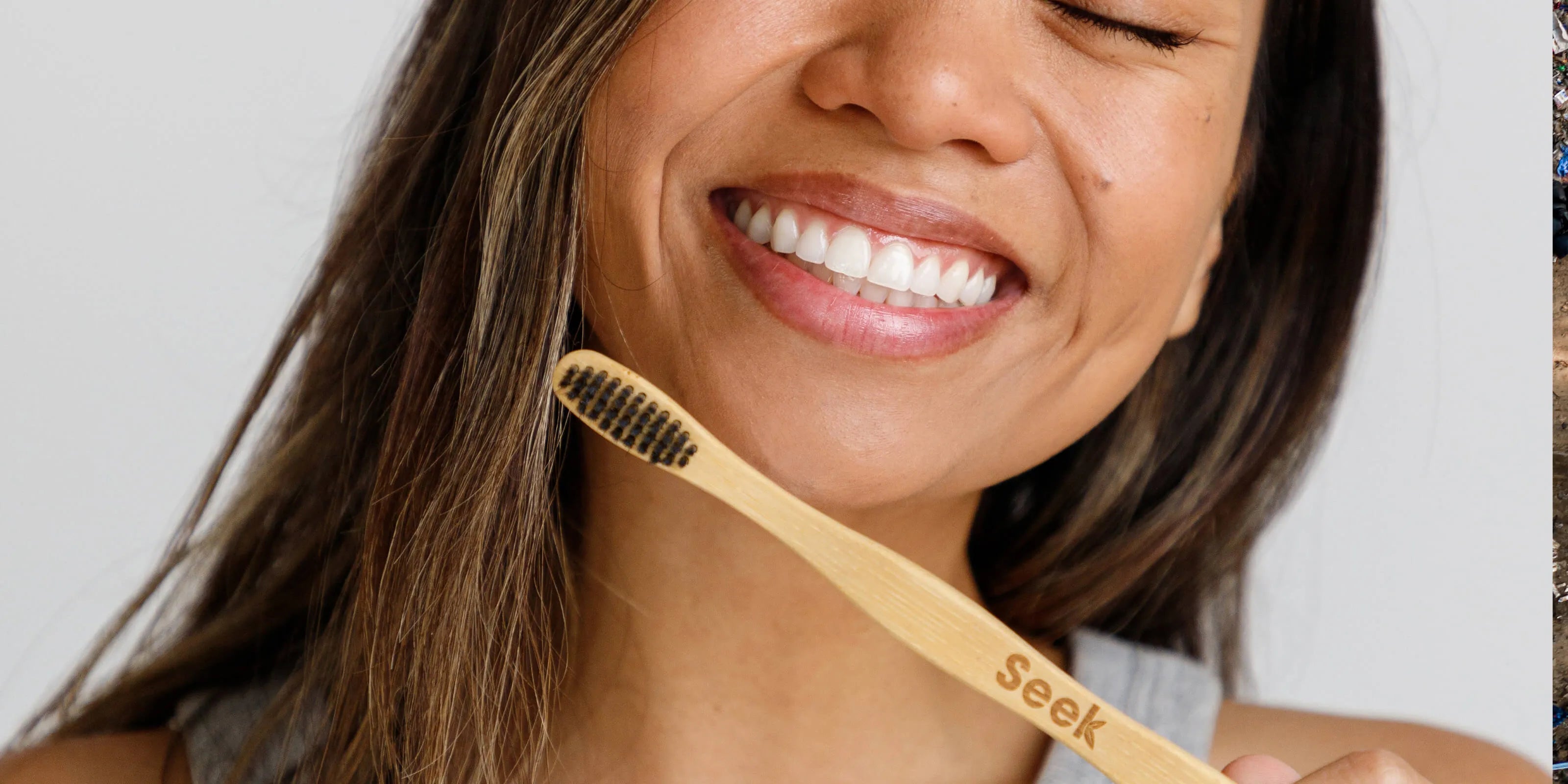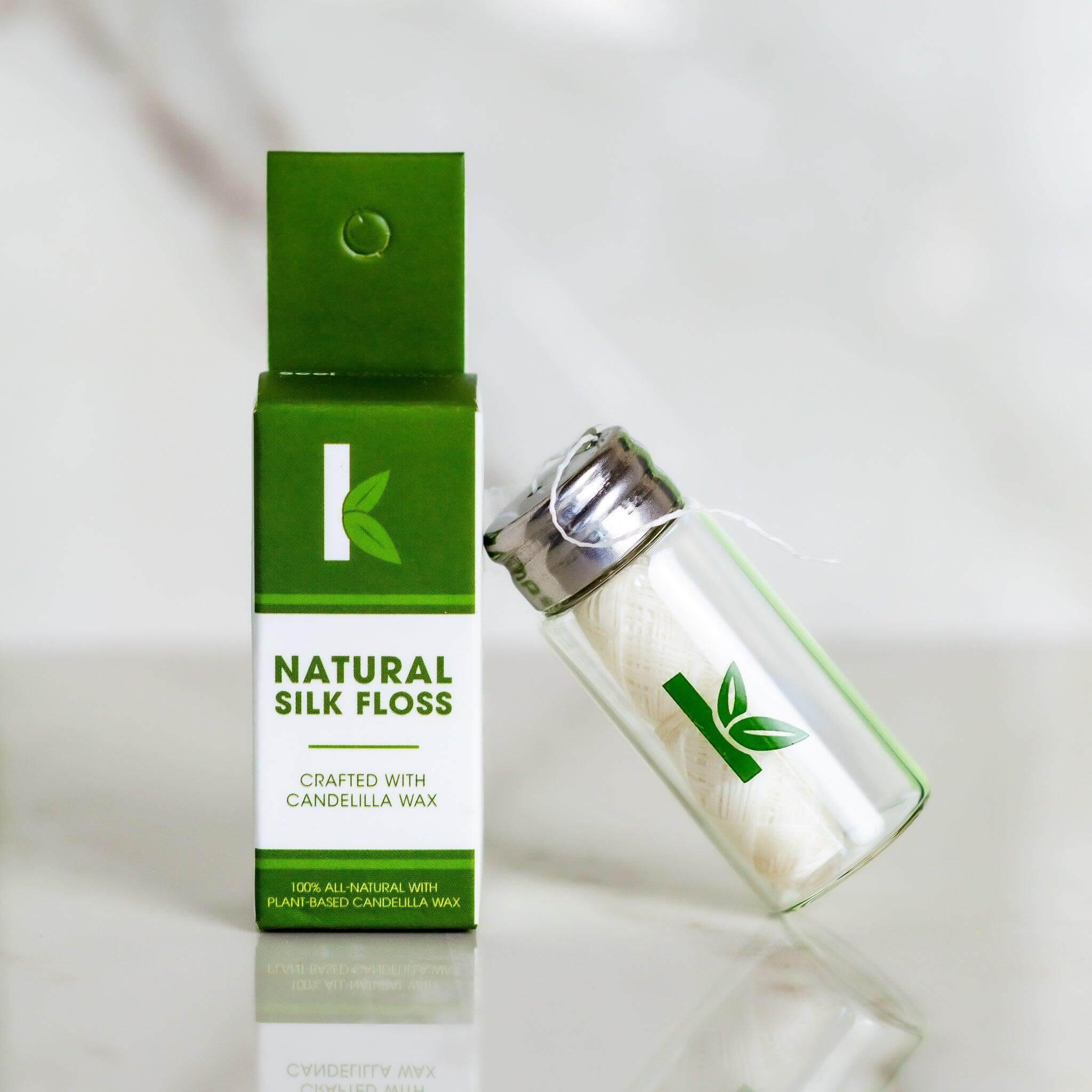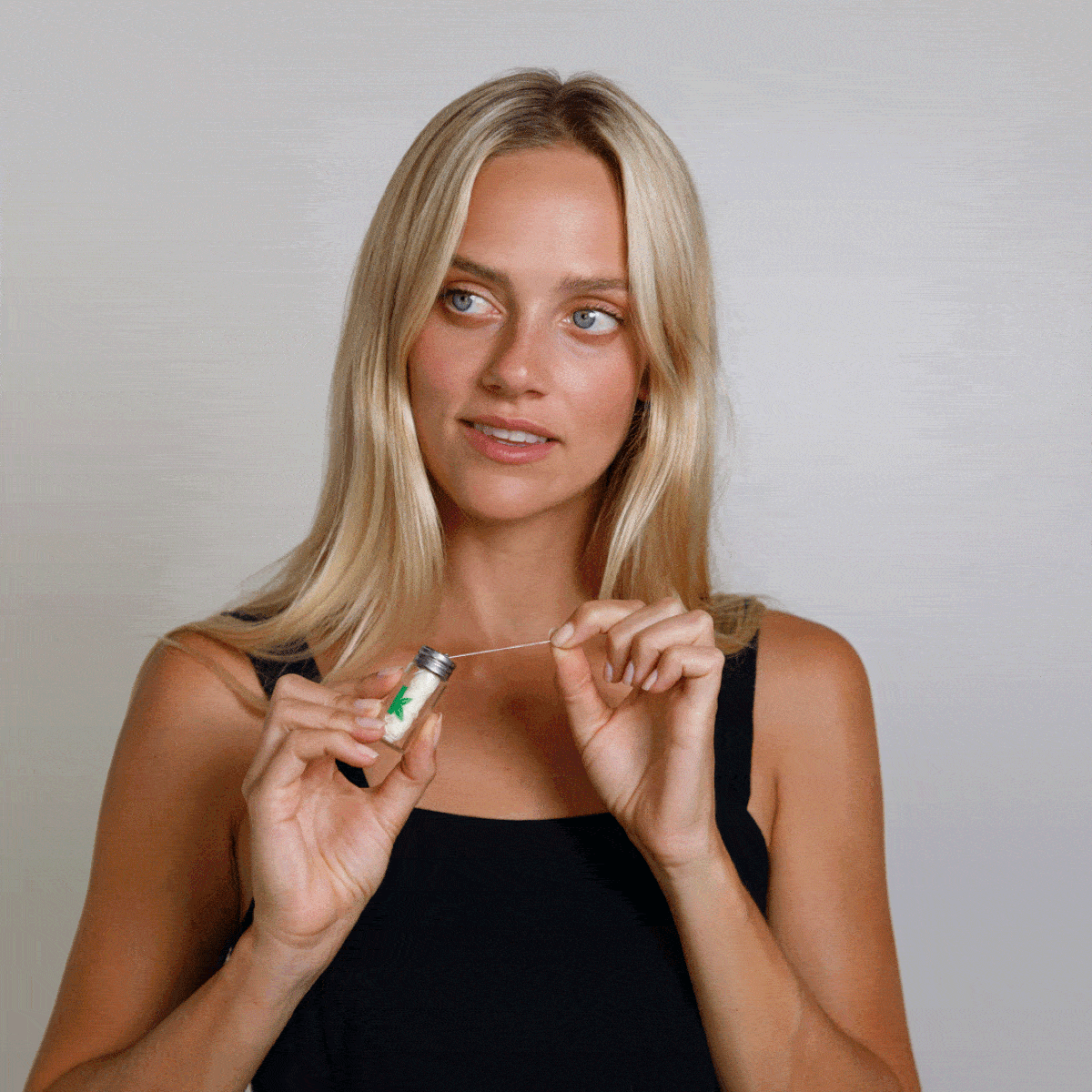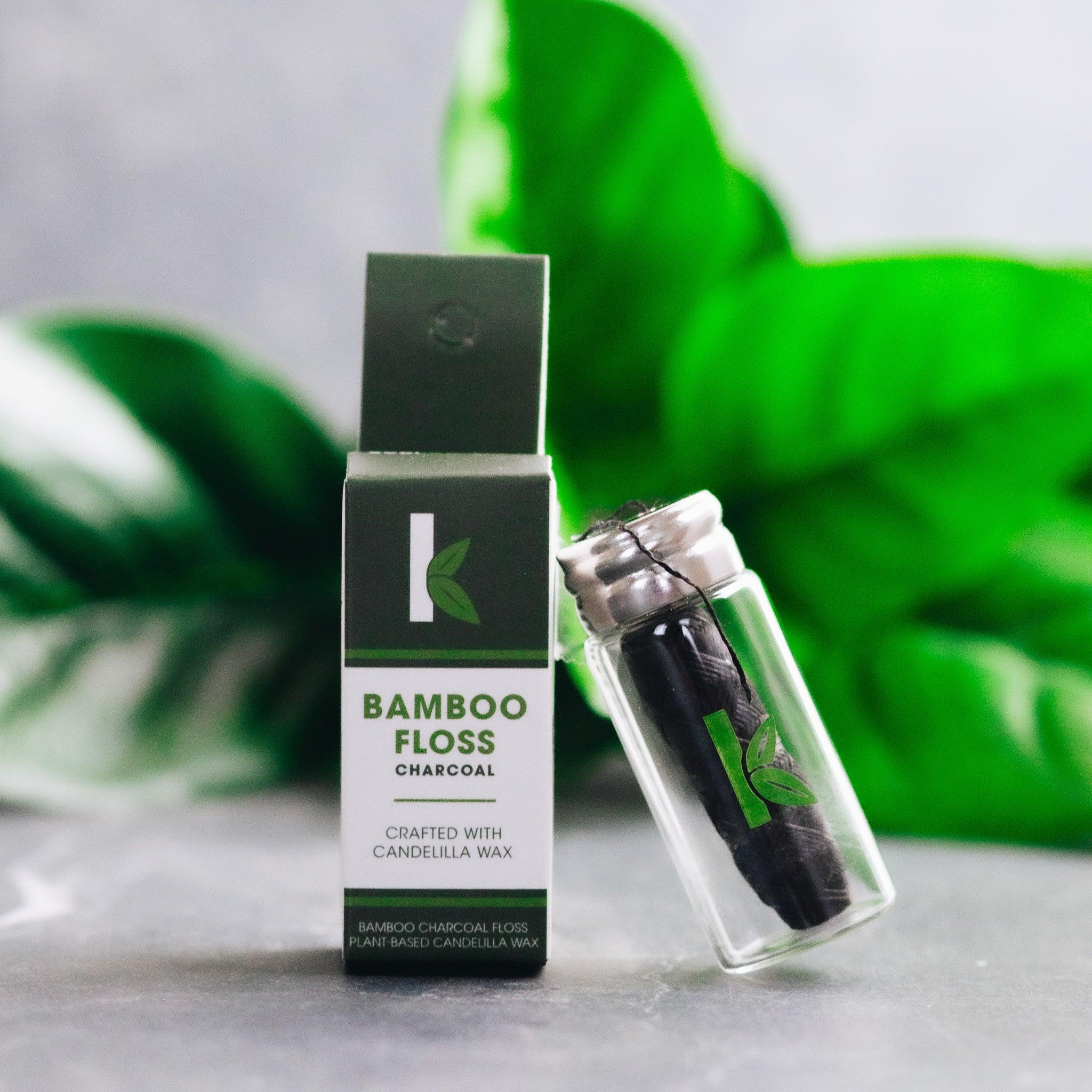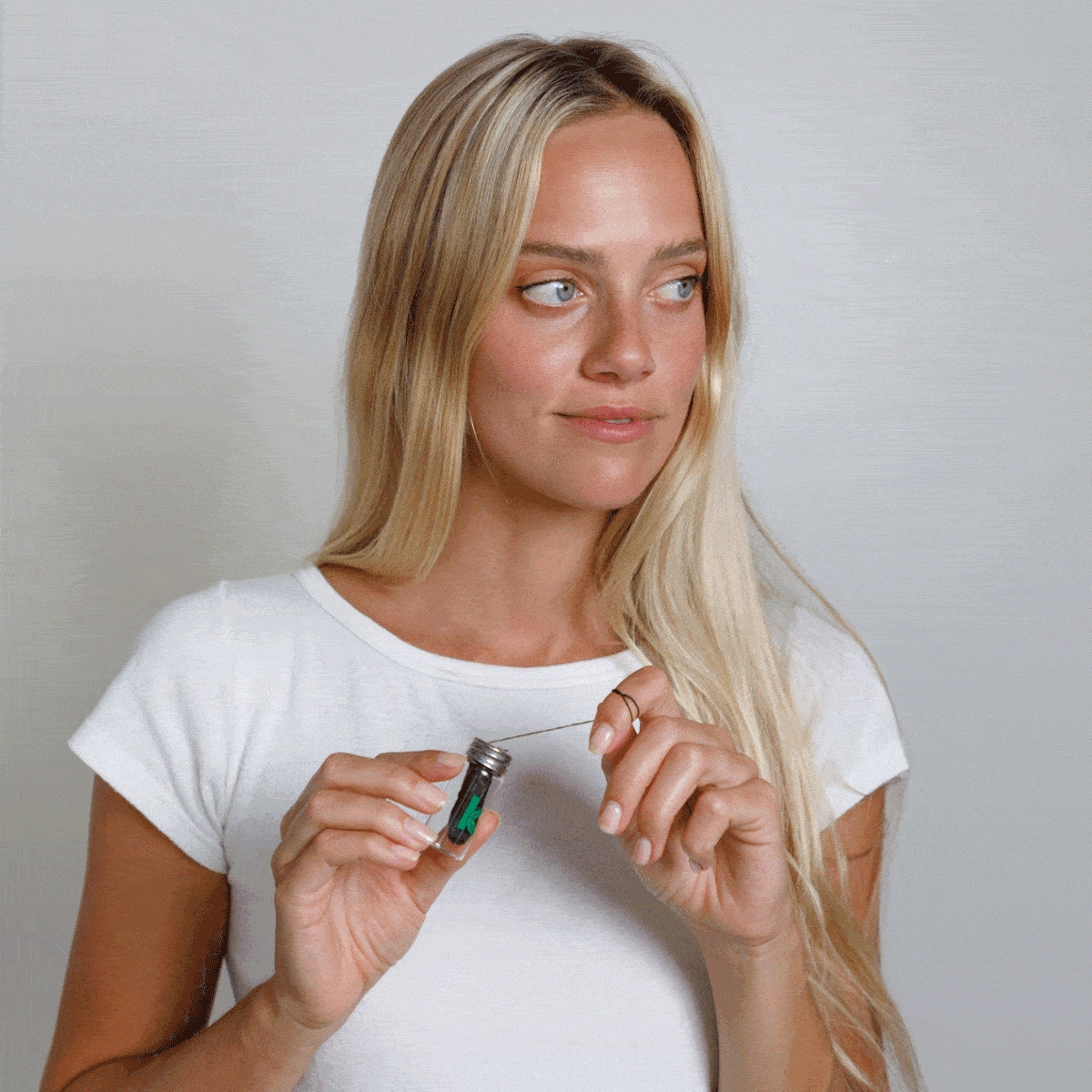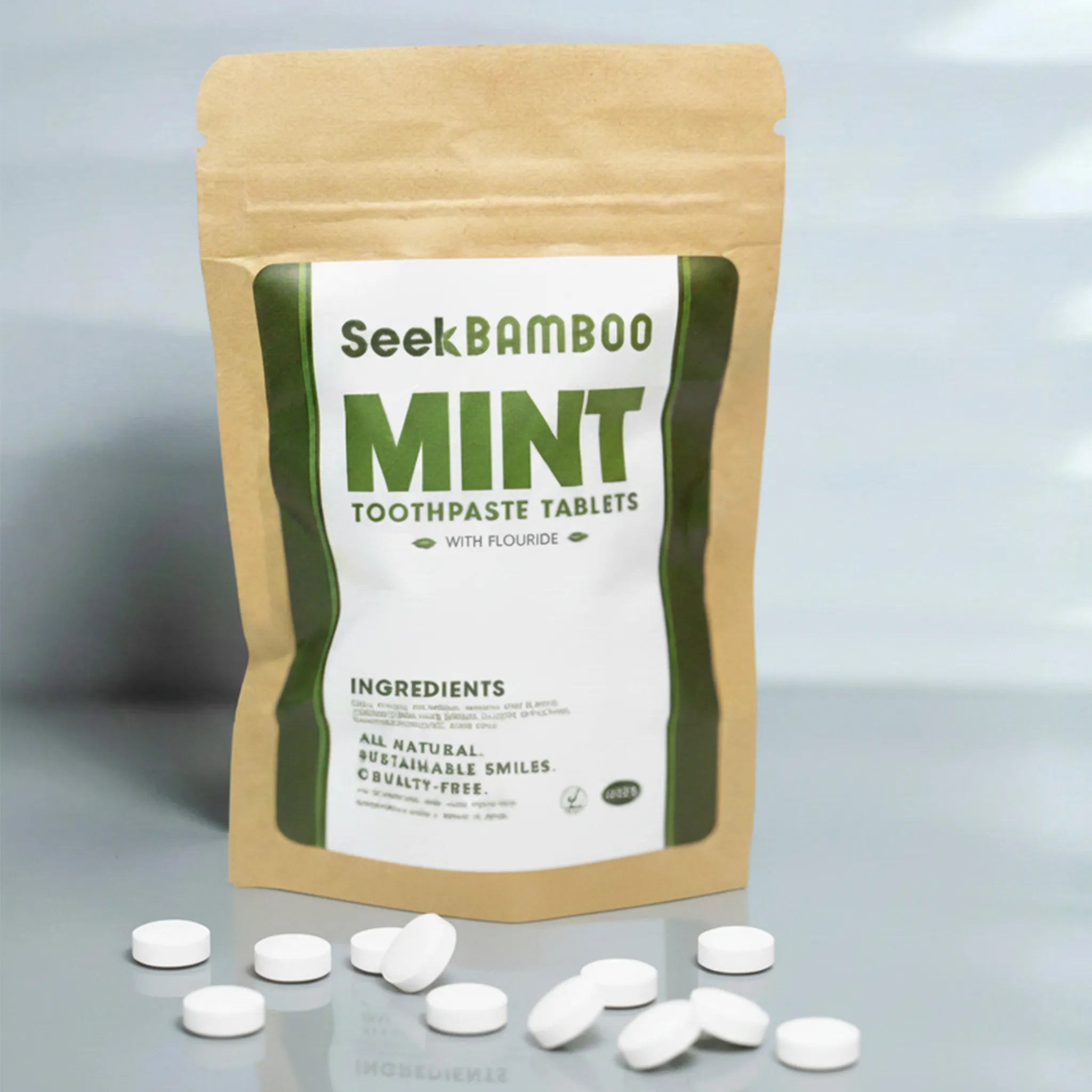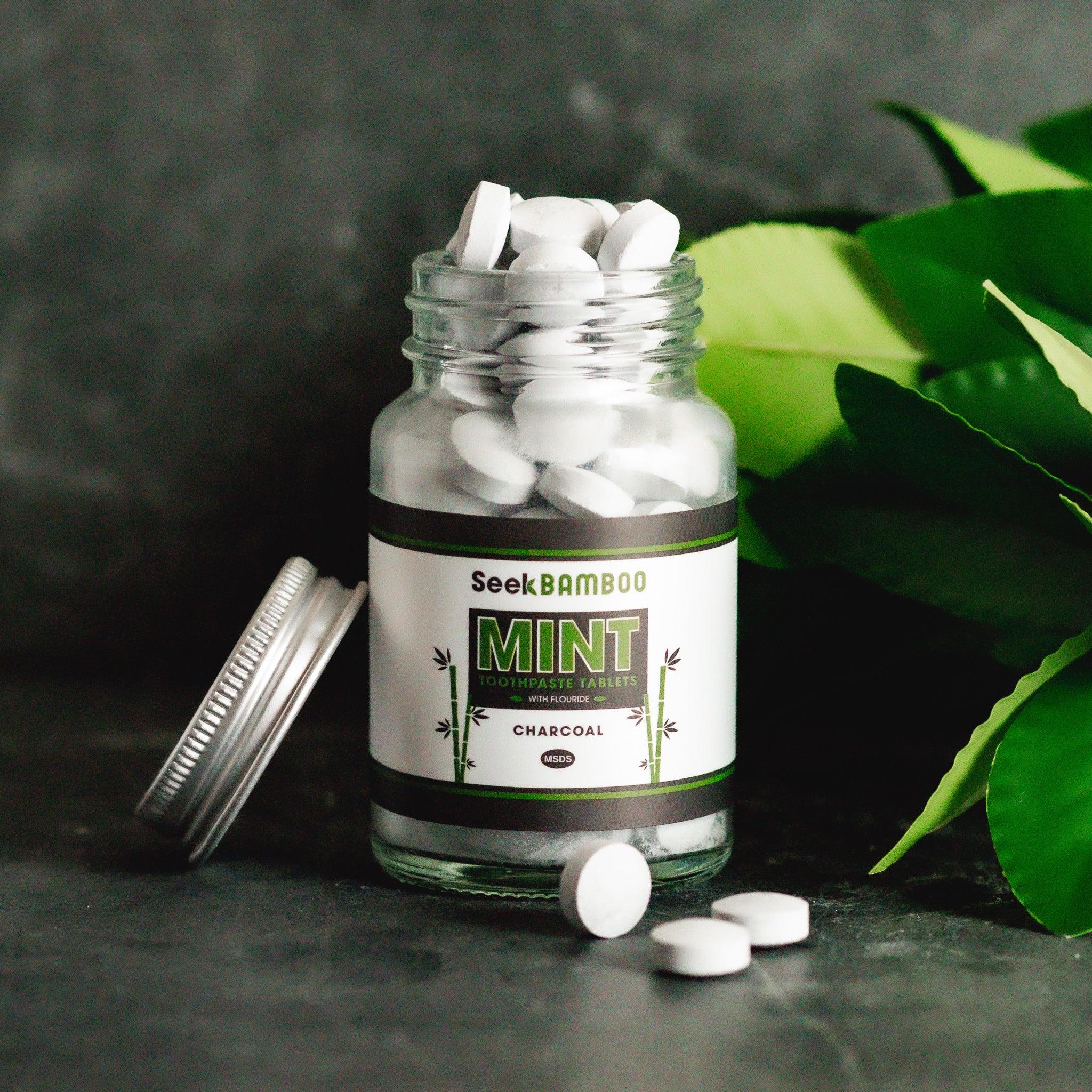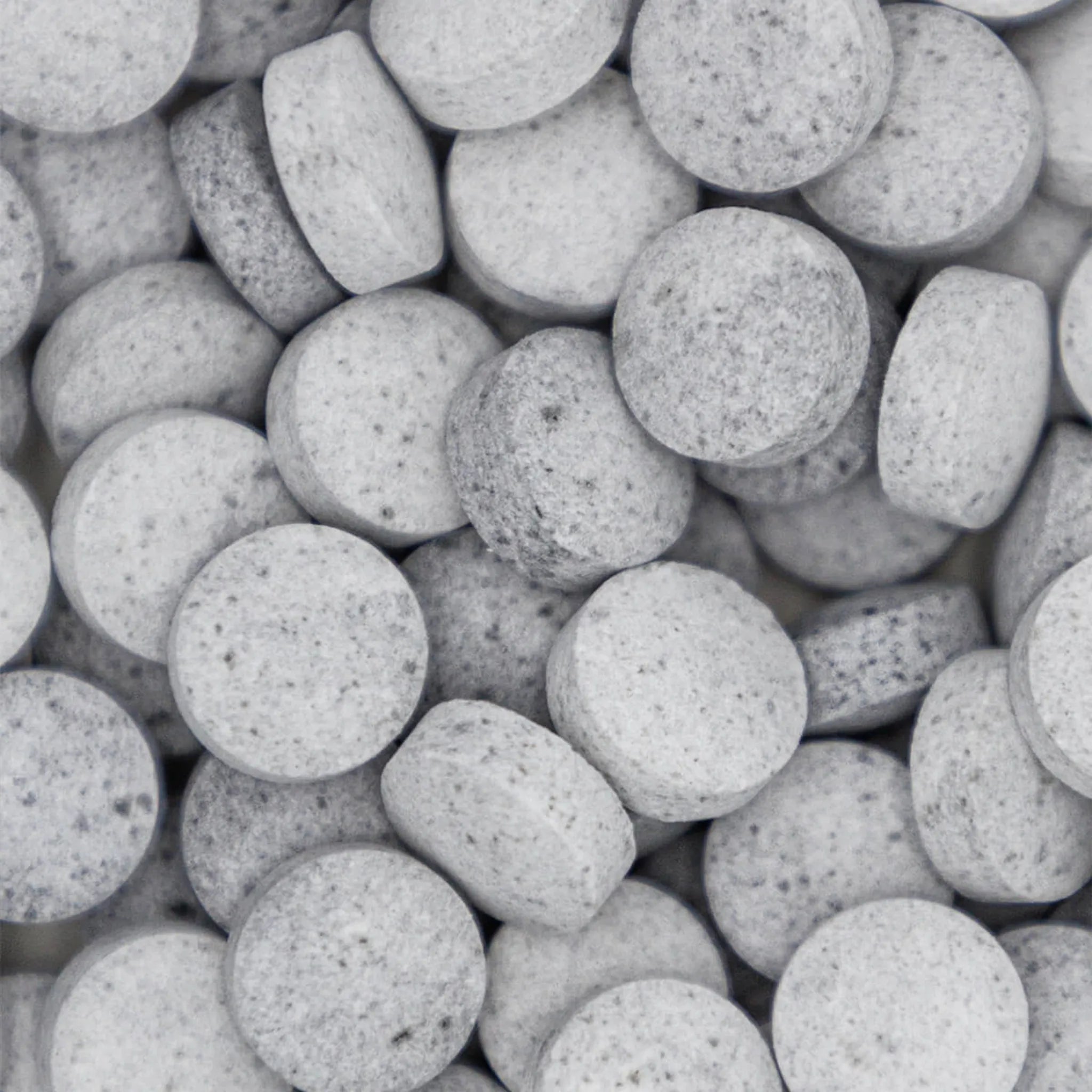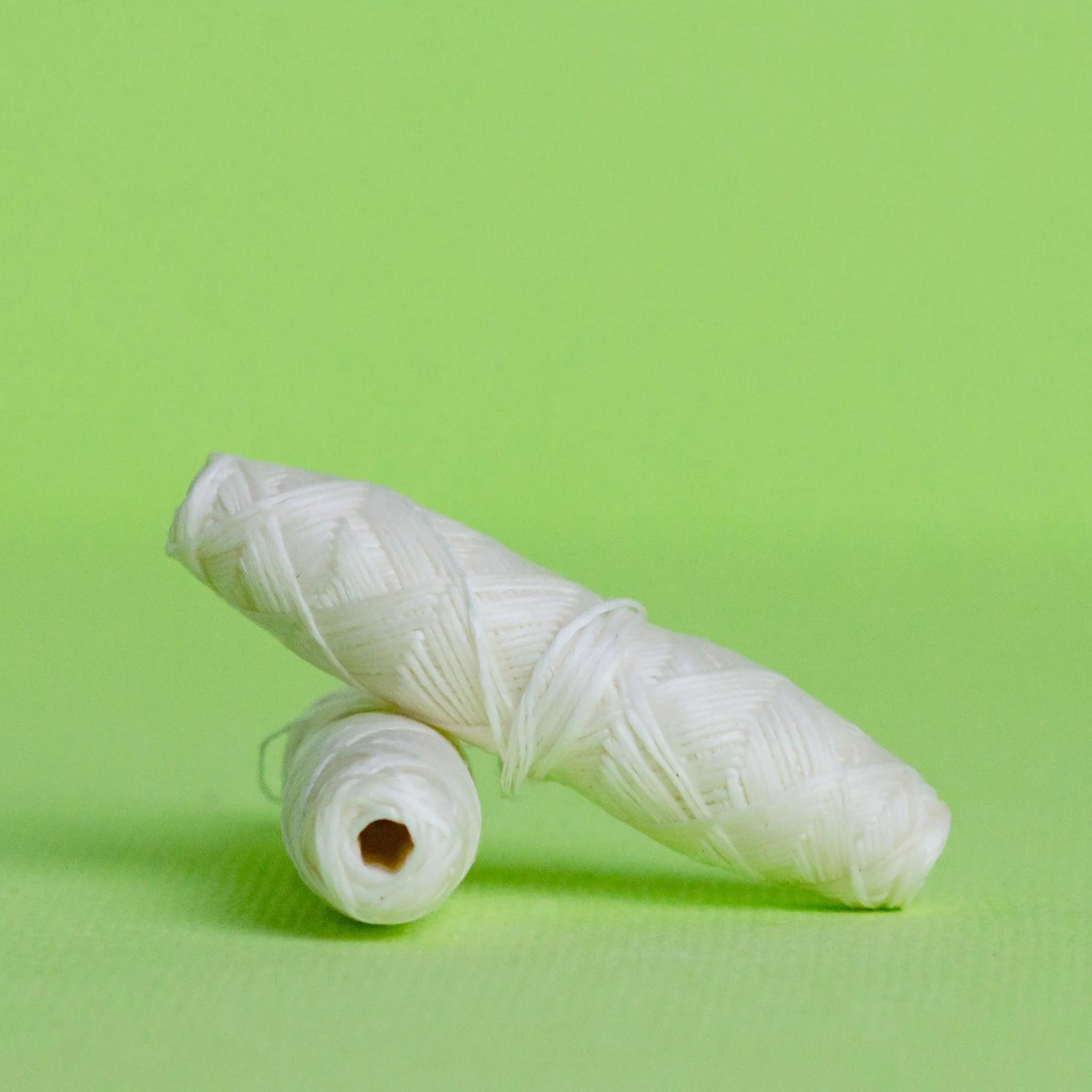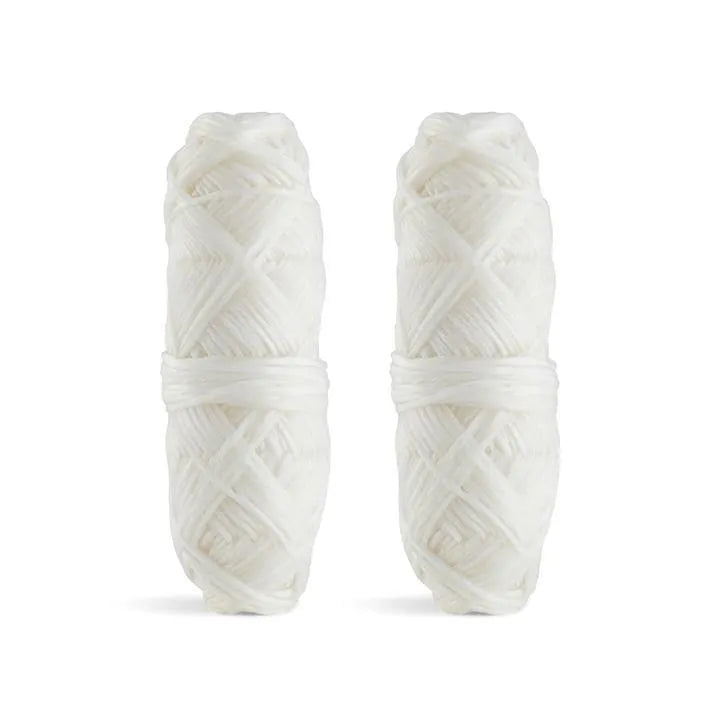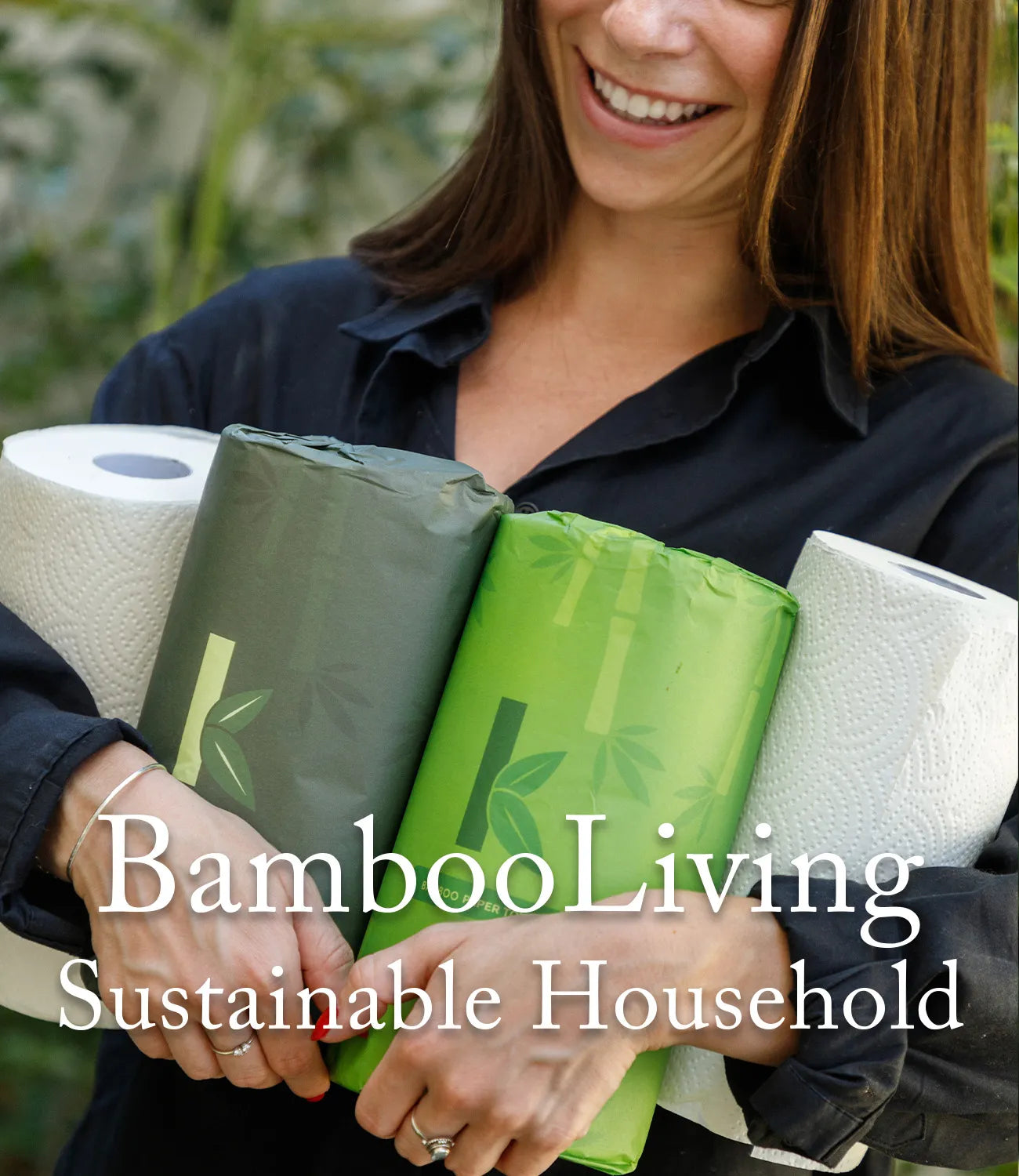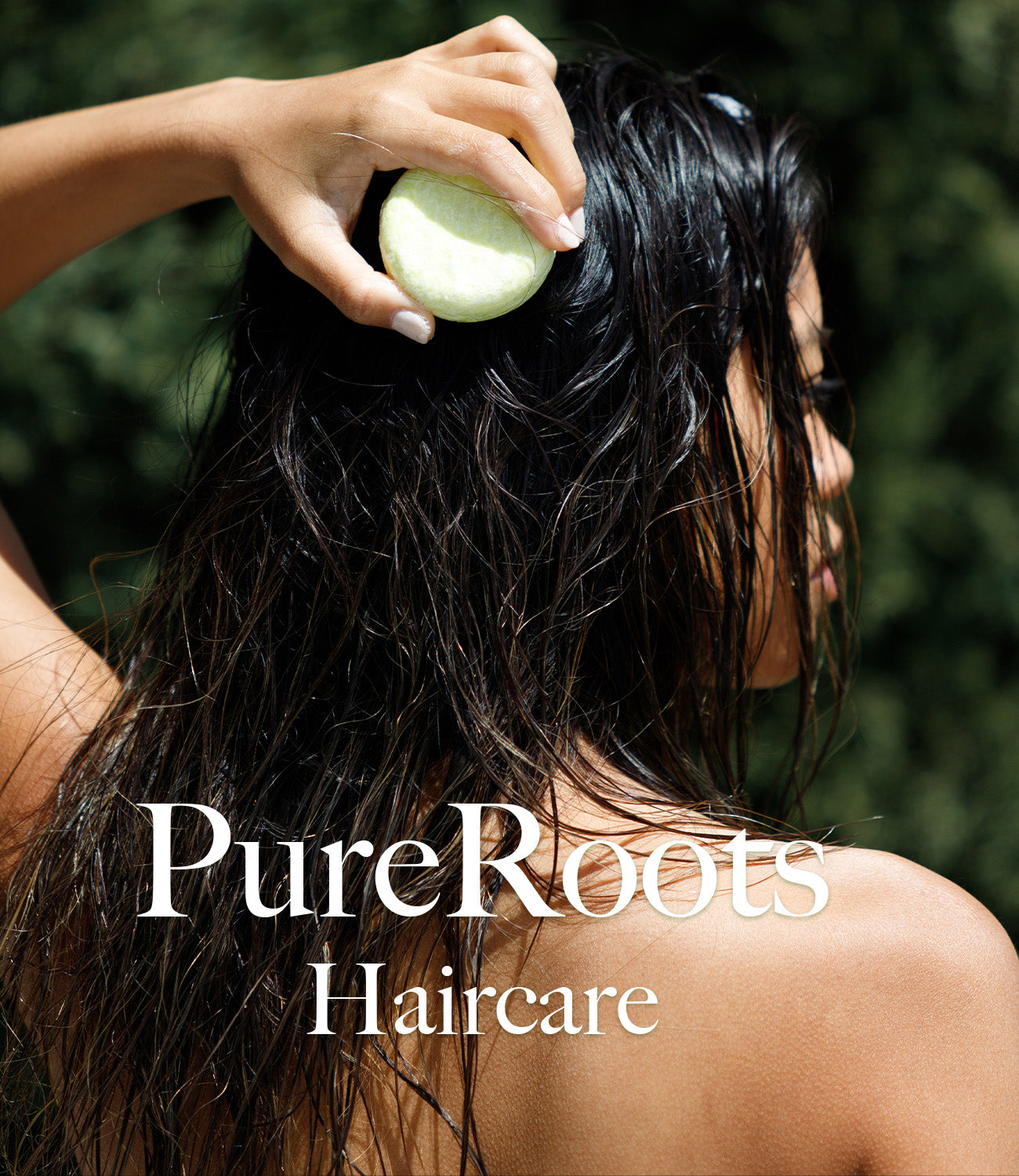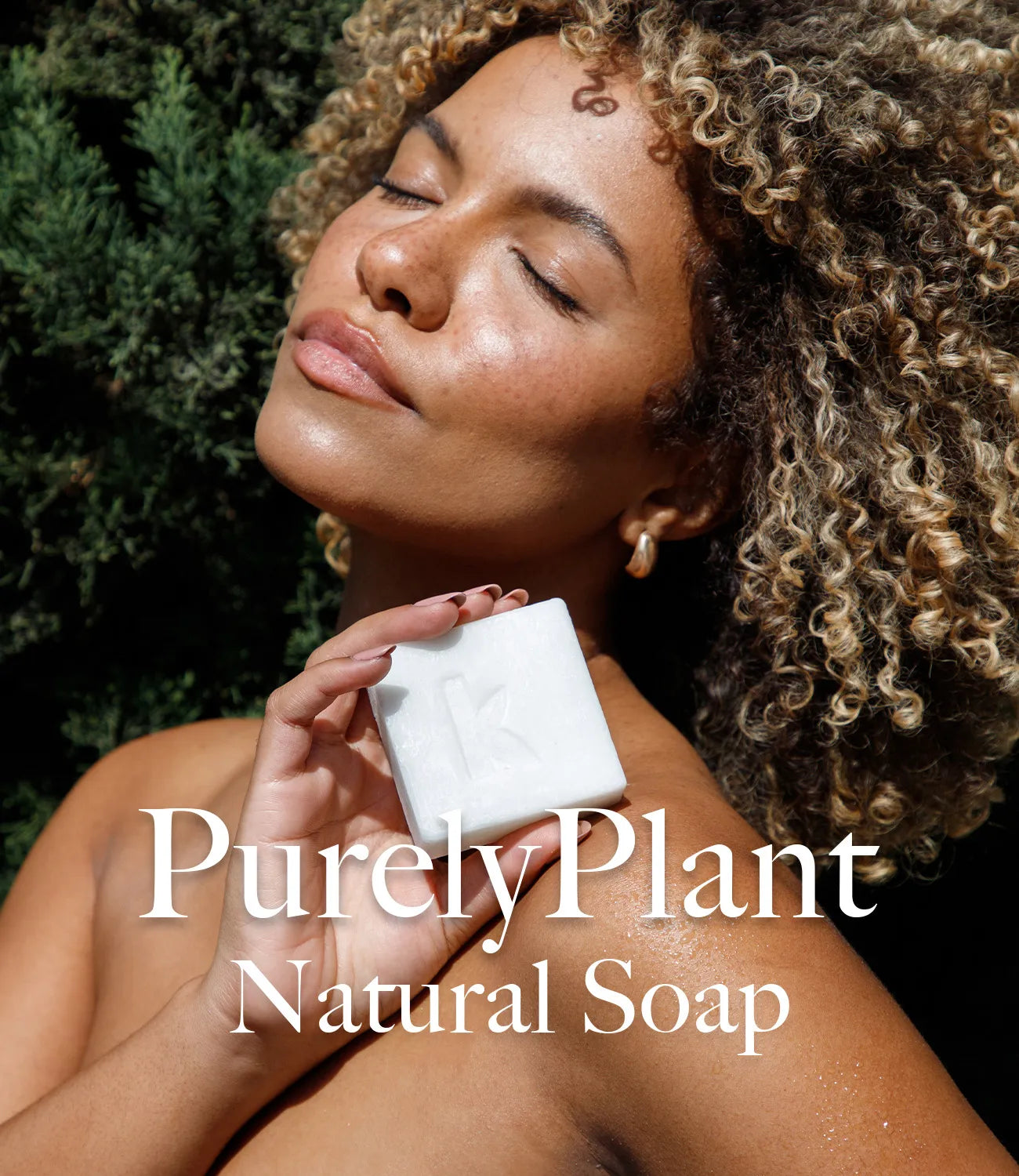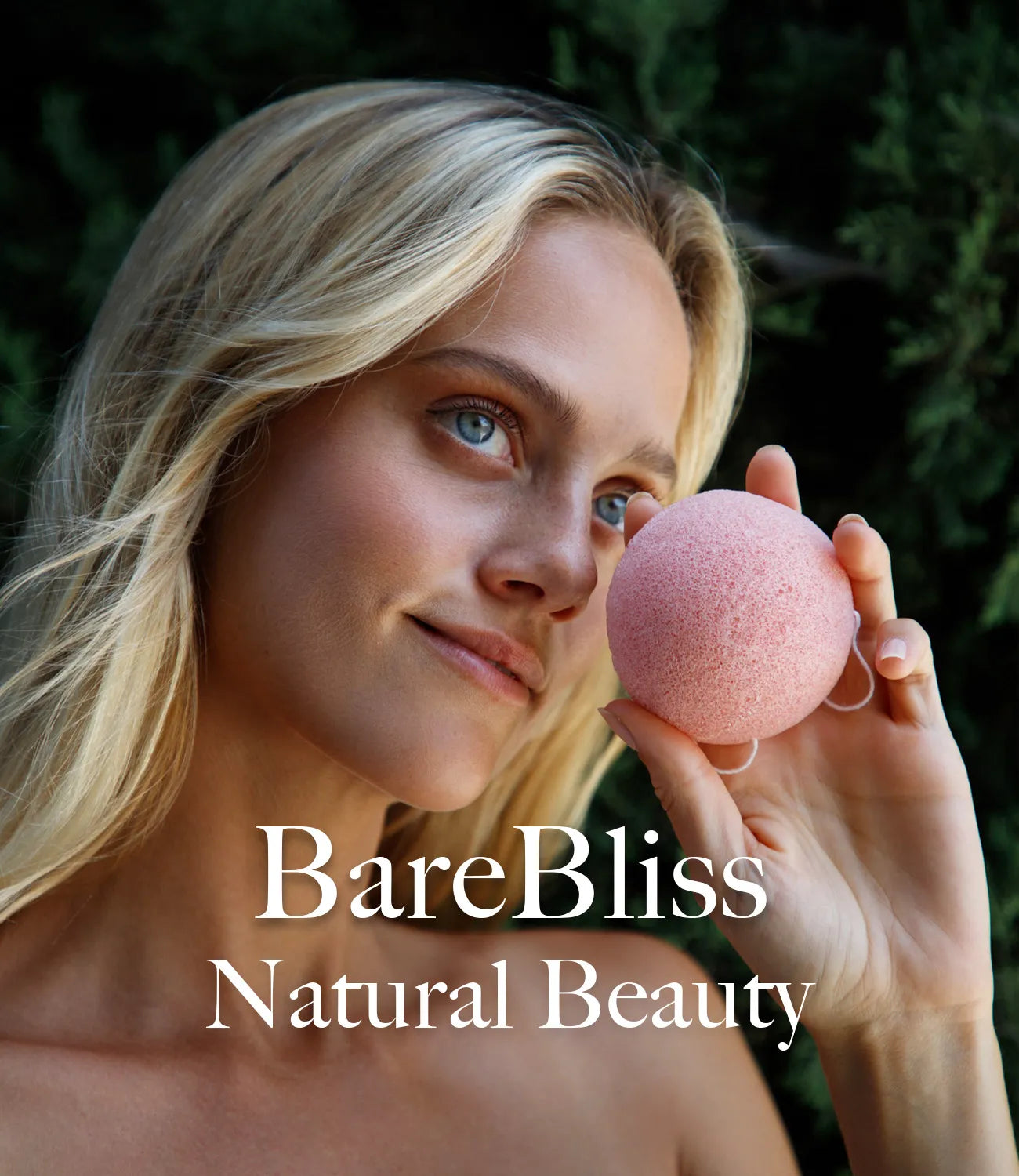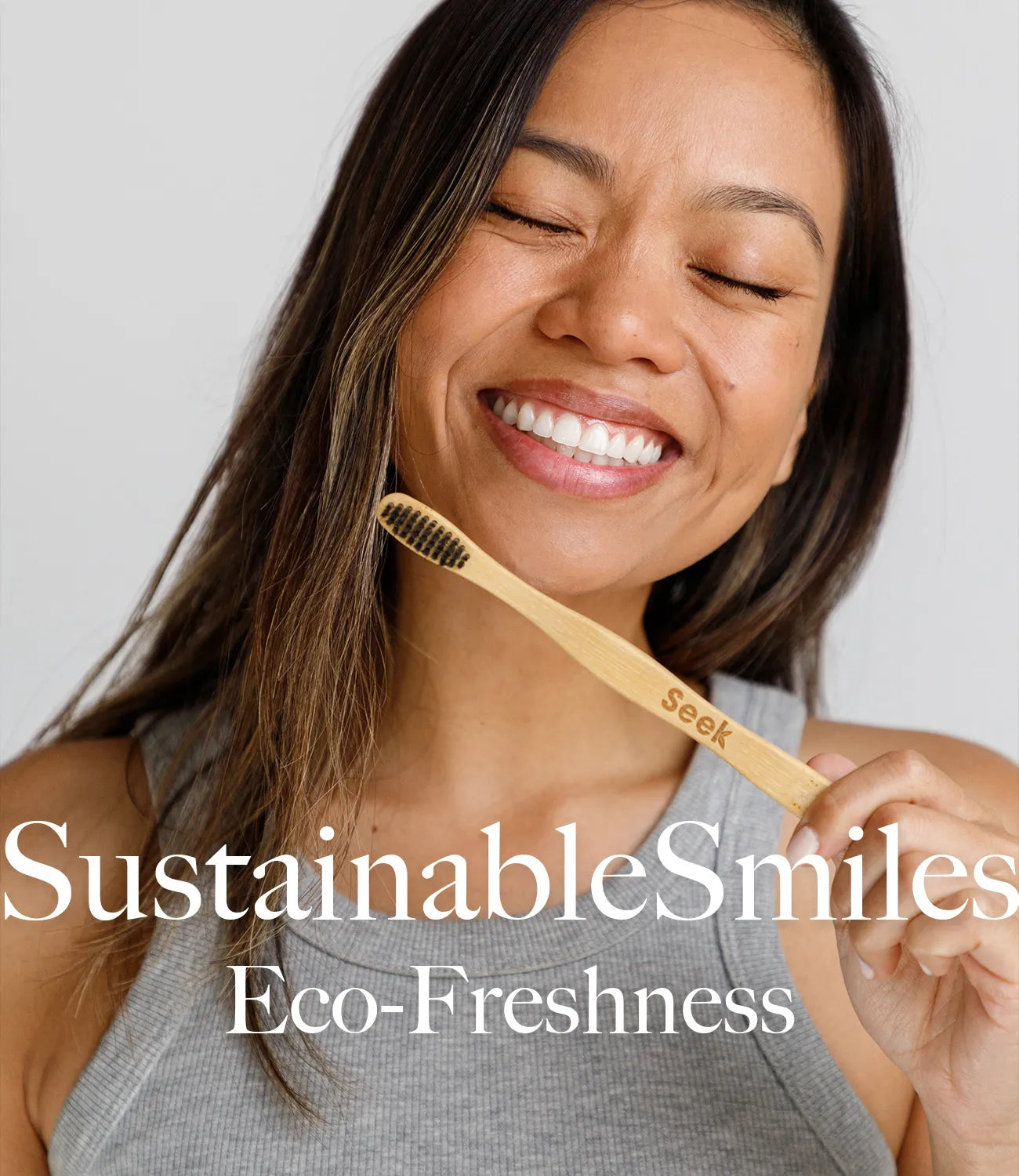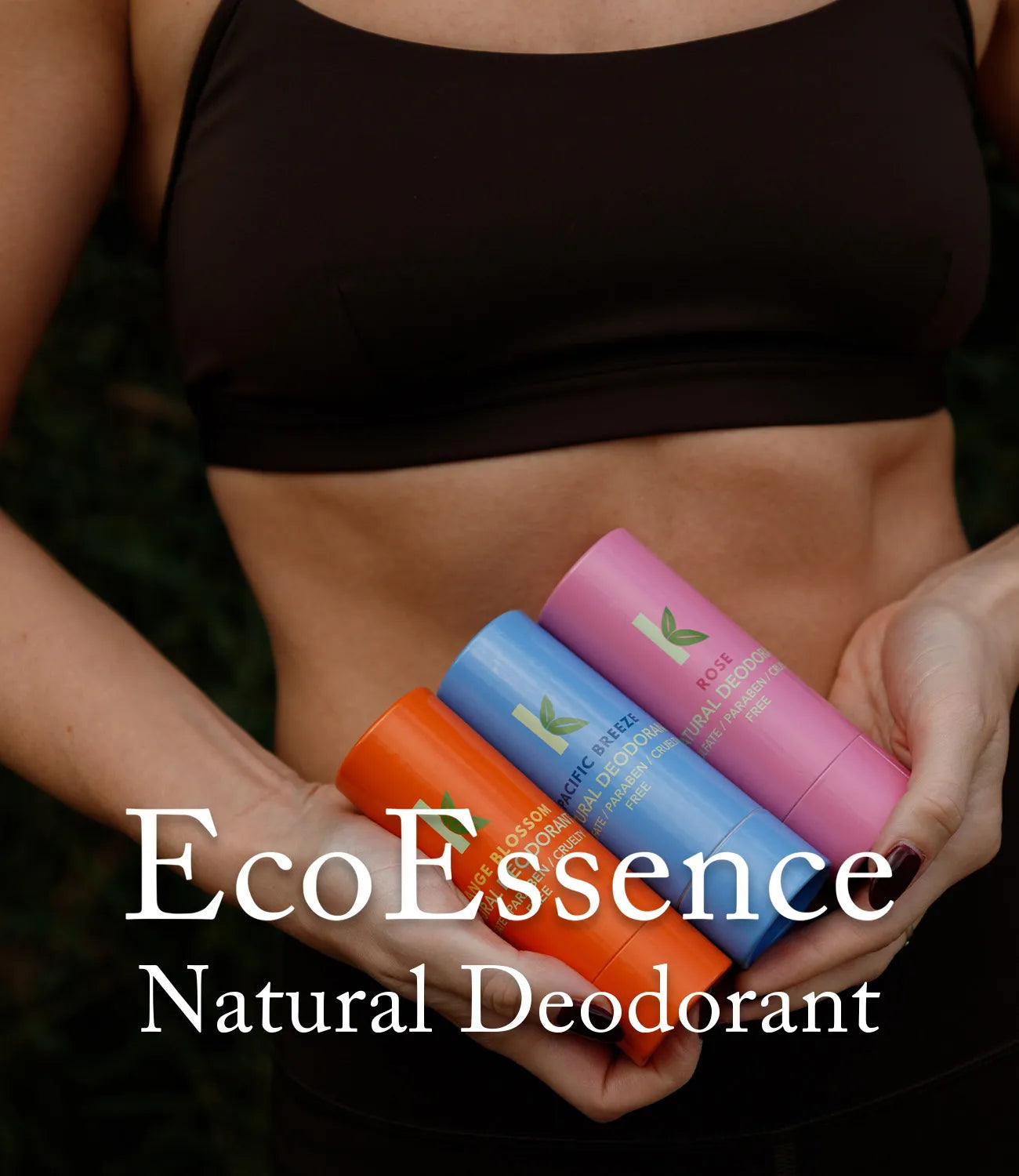The toothbrush - seemingly the most harmless, boring, innocuous little friend that sits in your bathroom until it’s time to replace it (every three to four months, if you’re following the dentist’s orders).
...or is it?
Is it necessary to maintain oral hygiene? Absolutely. It’s one of only two parts of our bodies that medically require regular cleaning: our teeth and our hands. Maintaining good oral hygiene keeps your breath fresh, your teeth strong and healthy, and gum disease at bay (now linked to chronic diseases including diabetes, cardio vascular disease, rheumatoid arthritis, dementia, and cancer).
However, does a thoughtless choice in which type of toothbrush you’re using come at a cost to the environment? You better believe it.
With the discovery of plastic - a material many toothbrushes are made from - we’ve tapped into a substance technology of great flexibility, tensile strength, and corrosion resistance. As we’ve opened the window of mass production, this has made many consumer items more affordable, and created more ways for viable food storage and transportation. However, these modern conveniences have come at a price - landfills and islands of ocean garbage (yes, that is literal) are filling at an alarming rate, and yet plastic production is spiking, not slowing down. In fact, plastic production is projected to triple by 2050. So, as consumers, what are our choices? What is the responsible thing to do?
As we’ve shown from our article on zero-waste dental floss, even the smallest items count. This means that swapping your usual plastic toothbrushes for zero-waste toothbrushes can help slow the detrimental effects of our plastic consumption and lessen the stress on the planet. Moreover, perhaps knowing we’ve made a responsible consumer decision may make tooth brushing an even more pleasant experience.
Let’s learn more about the background of toothbrushes and plastic, their effects on the environment, and what we can do to improve it.
The History Of The Toothbrush
When learning the early methods people once used to clean their teeth, you might cringe!
According to Smithsonian Channel, in 1780, forty-six-year-old paper salesman William Adis, arrested amidst demonstrations to protest Catholic reforms, is thrown into London’s Newgate prison. To the bewilderment of other prisoners, he quickly got to work fashioning himself a...well, a no-one-knew-what. Having saved a chicken bone from a meal, he used a nail to carve it into a peculiar shape with a flat edge, then drilled holes in it. He then plucked various strands of hair from animals wandering the prisons, and wove them into the holes in the chicken bone. During his time in prison, Adis used this unappealing, albeit resourceful, device to clean his teeth. In a time when severe lack of oral hygiene was far more known to as a life-threatening ailment, Adis must have known the importance of maintaining some semblance of clean teeth.
This became the first prototype of today’s toothbrush. Other natural materials followed, such as porcupine quills, and eventually boars bristles with wood or bone handles. Back in the eighteenth century, for those that bothered with the effort, many people chewed twigs to clean their teeth. (Ouch!) Most, however, left them to rot. Listerine made appearance later on in the twentieth century, targeting single women with bad breath (how else, after all, are society’s wives-to-be and budding homemakers meant to land a husband with fowl breath?)
In 1930, dentifrices, or paste or powder substances for cleaning teeth, were hailed as essential as soap. Most toothbrushes then were made from hog bristles, until 1938, when the first nylon toothbrush with synthetic bristles hits the shelves. Listerine, meanwhile, continued to target unmarried women, using fear tactic implications that bad breath will render them forever marriageless. (“Often a bridesmaid...never a bride!” taunts one ad. Interesting, as indicated by years of Listerine’s advertisements, that it’s primarily women that seem to be plagued with bad breath...)
And in 1961, consumers experienced the first cordless toothbrush, manufactured by General Electric.
Today, consumers can choose not only from a full market of toothbrushes (disposable, manual, electric, chewable, sulcabrush, end-tuft brush, travel-sized), but also dental floss, waterpiks, tongue scrapers (for better breath), and teeth-whitening devices for a whiter smile.
We’ve come a long way from the first toothbrush (thank goodness). Today, oral hygiene technology spans a dizzying array of materials, techniques, and colors. But what has dominated the toothbrush market for decades now has been the plastic option: cheap, disposable, available, familiar. And in order to find solutions to this toothbrush issue, we have to understand how we arrived here.
The Discovery Of Plastic
Plastic was actually discovered by accident. In an effort to find ivory alternatives for manufacturing billiards balls, the first polyvinyl chloride (PVC) was developed, between 1838 and 1872. But in 1907, an American-Belgian chemist named Leo Hendrick Baekeland developed the first synthetic, mass-produced plastic. This new compound was coined “Bakelite” after its inventor.
With its discovery, early 20th-century manufacturers grew excited about an unprecedented possibility: what if consumer goods - anything from apparel to furniture to household items - could be mass-produced, and therefore made more products affordable and available to more consumers? Yes, this created greater availability of products for a higher percentage of consumers, across socioeconomic levels. But decades of mass-production has begun to, and has been, catching up to us.
The Ugly Truth Of Single-Use Plastic Toothbrushes
In the United States alone, about 1 billion toothbrushes are toss out every year. That’s 50 million pounds of waste. Nine-tenths of solid waste does not get recycled, introducing a myriad of misconception around recycling. A rather painful but honest watch, John Oliver unveiled on an episode of Last Week Tonight the truth behind recycling - that very little of it, in fact, ends up getting recycled at all.
For the standard plastic toothbrushes, many of them are non-recyclable, even if it has that well-recognized, triangular recycle symbol. Turns out that, contrary to popular belief, that little symbol on the packaging does not guarantee that product is recyclable. (It’s worth looking into to determine which products actually are...it’s fewer than you think.)
The American Dental Association's recommendation, and what that means for landfills
Currently, ADA guidelines are to replace your toothbrush or toothbrush head every three months (more often if you use a communal bathroom, or if you’ve recently been sick). This is to keep oral hygienic devices (and by extension, your mouth) free of bacteria. However, at the rate at which we’re advised to continually replace a disposable product, it’s no secret that our outbound consumer waste accumulates quickly.
Eco-Friendly Toothbrushes
Thankfully, there are solutions. The wellness of our planetary environment does not need to suffer in the name of oral hygiene for human beings. In the timeline of eco-friendly toothbrush innovation, we’ve arrived at the optimum point thus far, and that’s the availability of natural, sustainable, zero-waste toothbrush products.
With equal effectiveness of keeping our teeth clean and our gums healthy, at a similar cost, there is no excuse to continue using wasteful plastic toothbrushes.
Seek Bamboo's Toothbrush Line
At SeekBamboo, we believe in top-of-the line oral care without having to contribute to global waste. Here are our sustainable toothbrush products we offer.
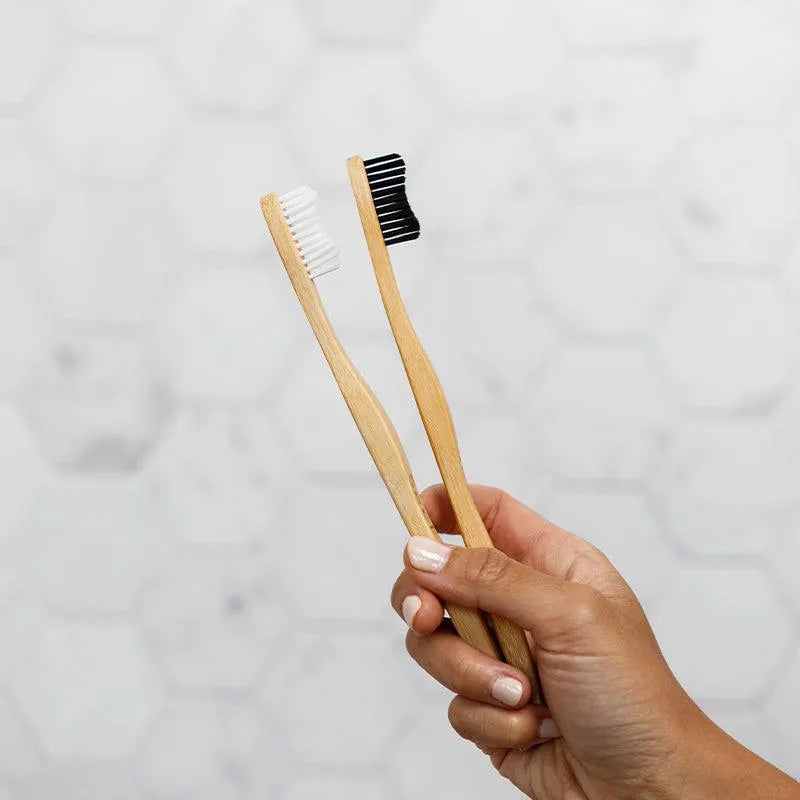
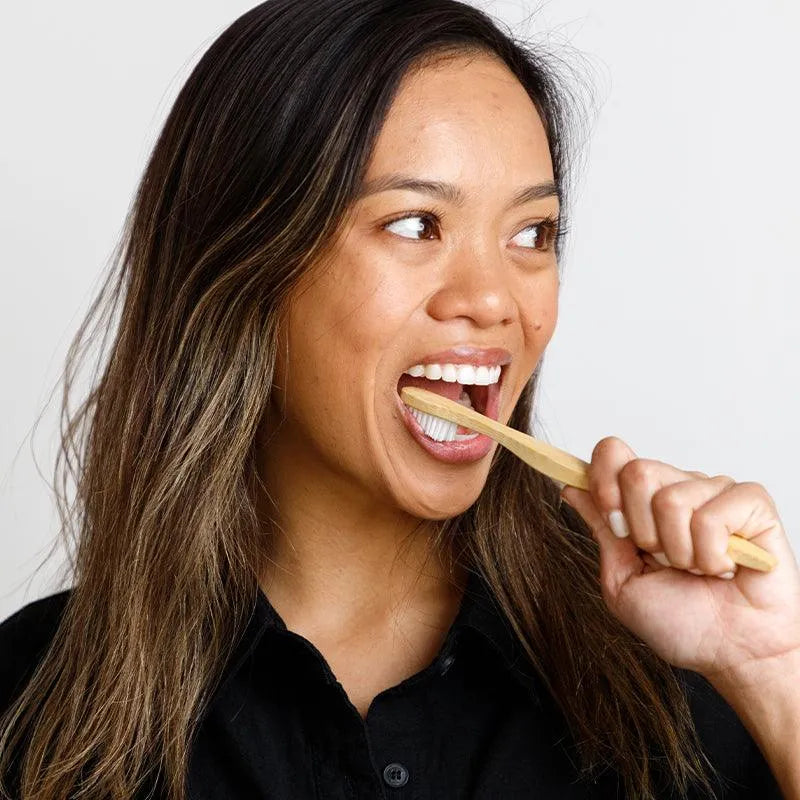
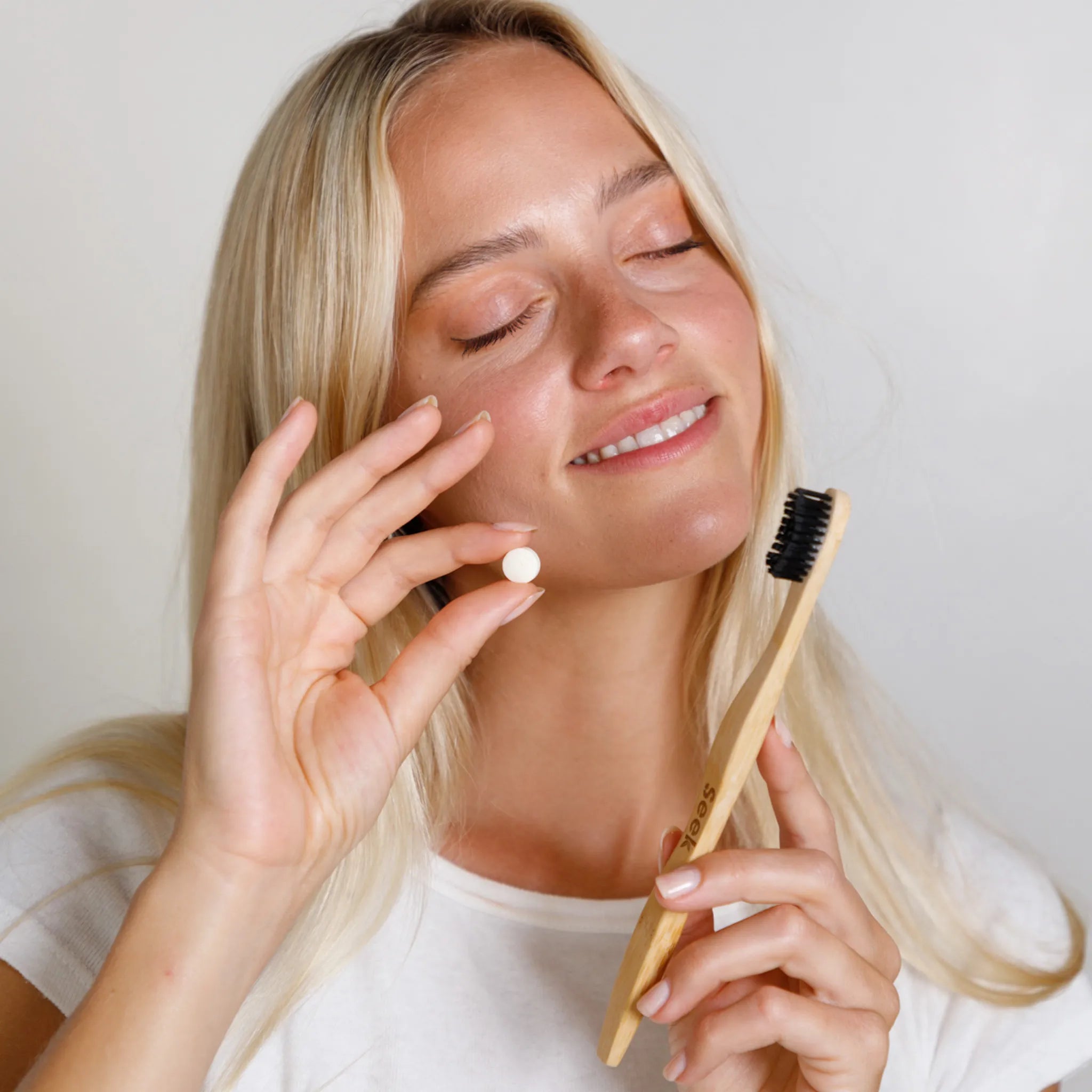
Bamboo Toothbrush
Achieve that all-natural sustainable smile with our bamboo toothbrush. Soft bristles for gentle brushing create a pleasant experience for your mouth. The bristles are also made in a wave-like shape to reach tough spots to clean. They also last just as long as their plastic counterparts - users will be so satisfied, kicking their plastic toothbrush to the curb will be an easy switch.
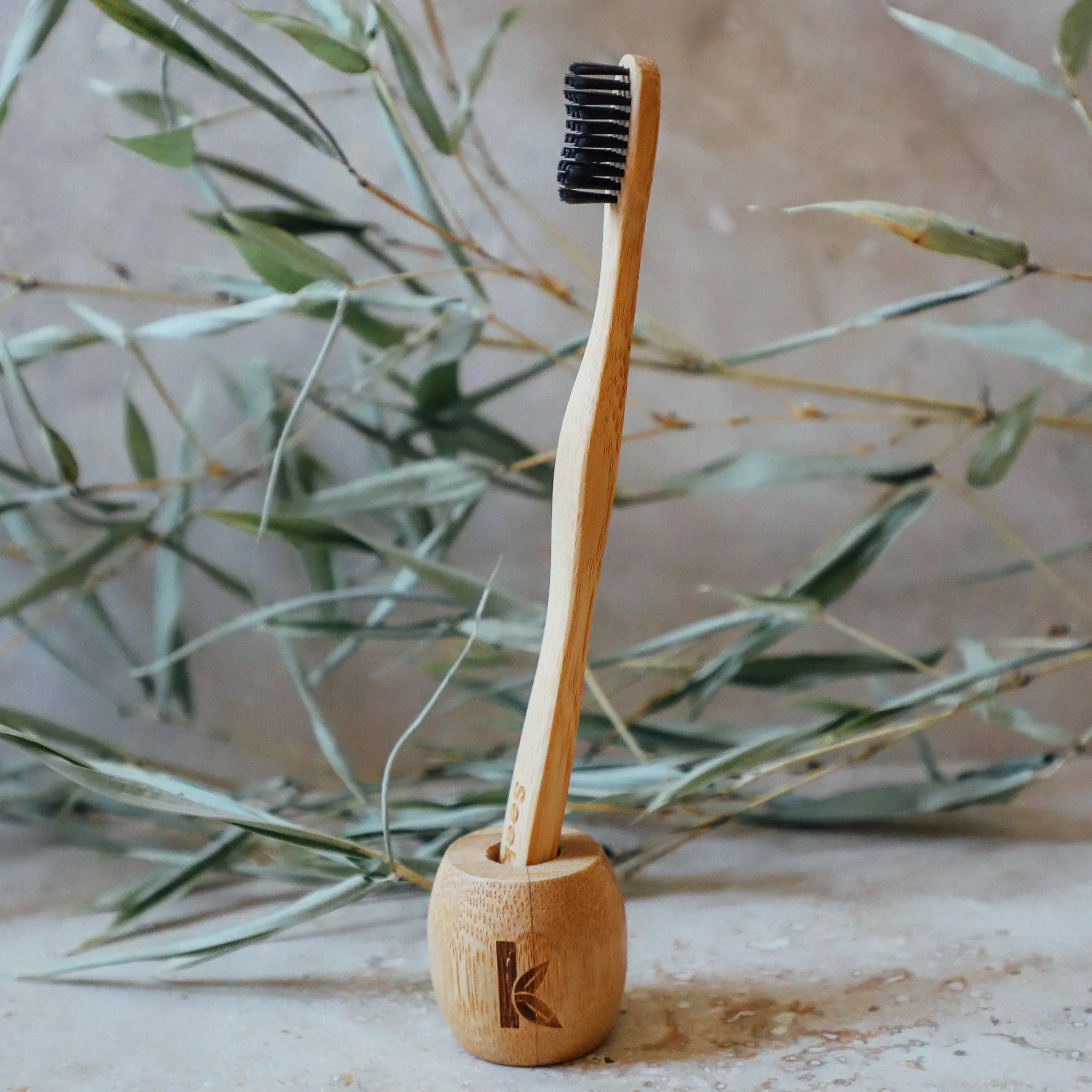
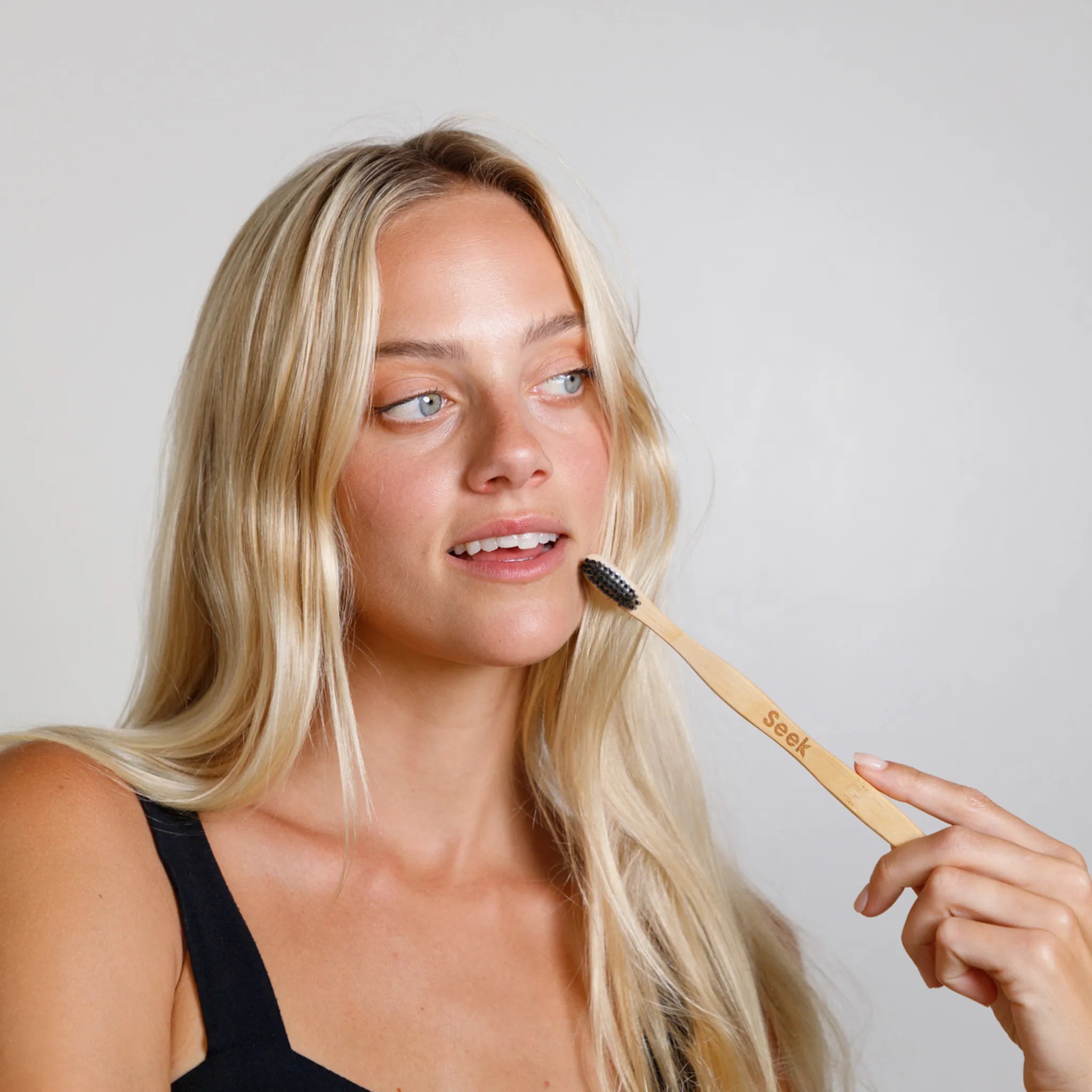
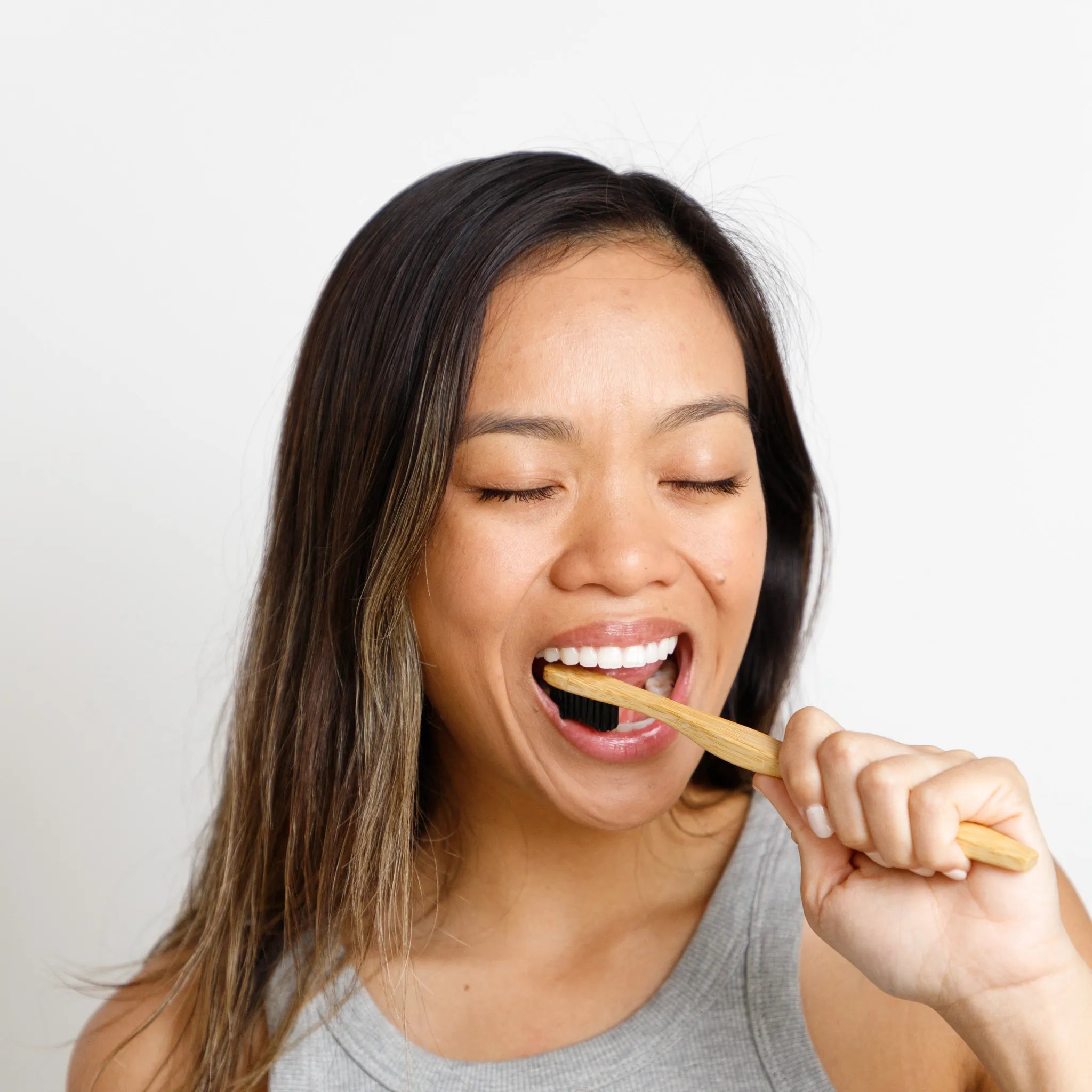
Charcoal Toothbrush
Made with activated charcoal, this natural toothbrush helps lift surface stains and improves bacteria and plaque absorption. Like the classic bamboo toothbrush, it has ultra-soft bristles to do the work in cleaning your teeth and your gums. Say goodbye to bad breath, and hello to the latest in modern zero-waste dental care.
Kids Bamboo Toothbrush
It’s never too early to involve your kids in zero-waste habits! The kid’s brush has all the same qualities in the adult size, but small enough for children’s hands and available in many fun colors to choose.
Bamboo Toothbrush Holder
The cutest little home for your bamboo toothbrush. For minimal, easy, and cost-effective storage for your equally sustainable toothbrush, look no further.
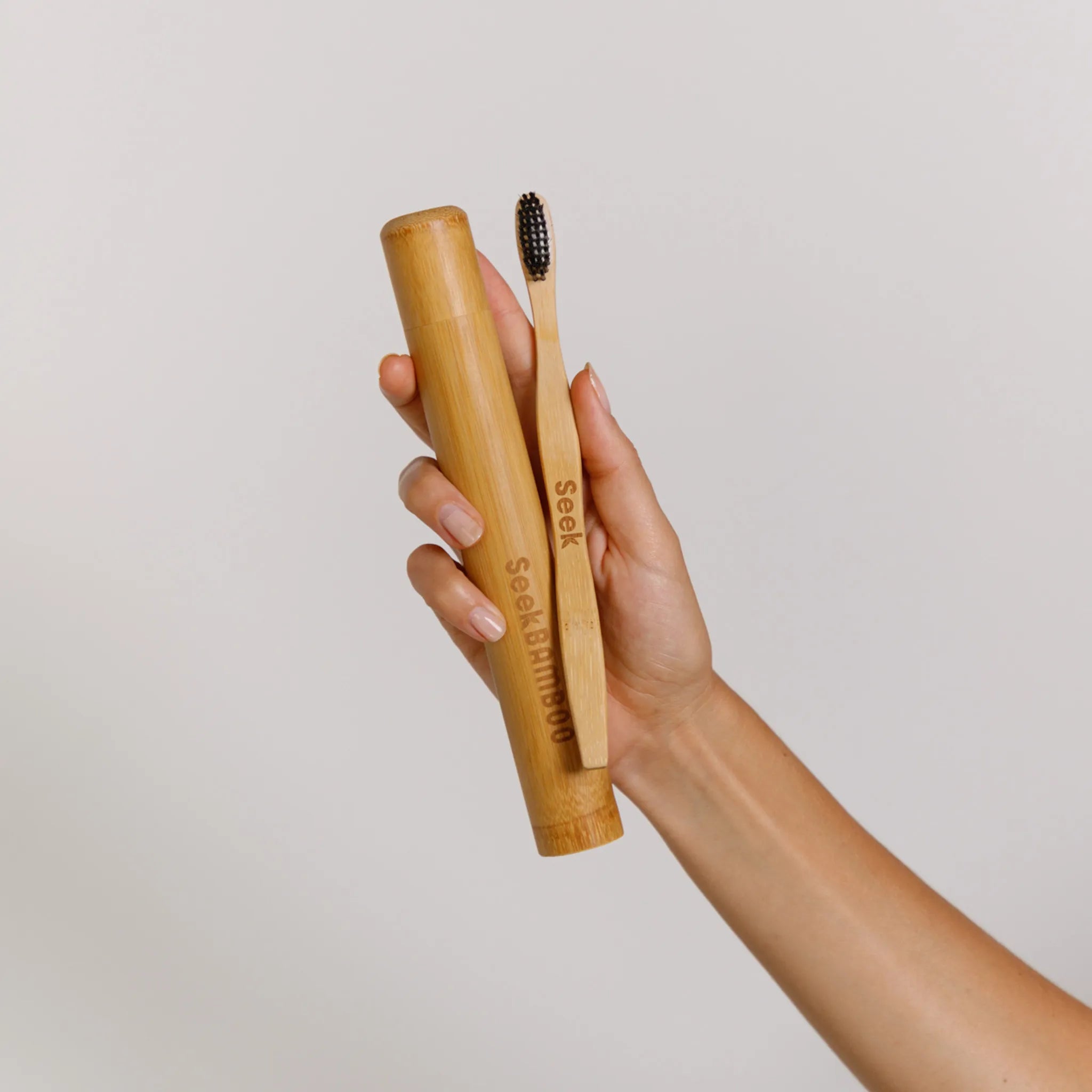
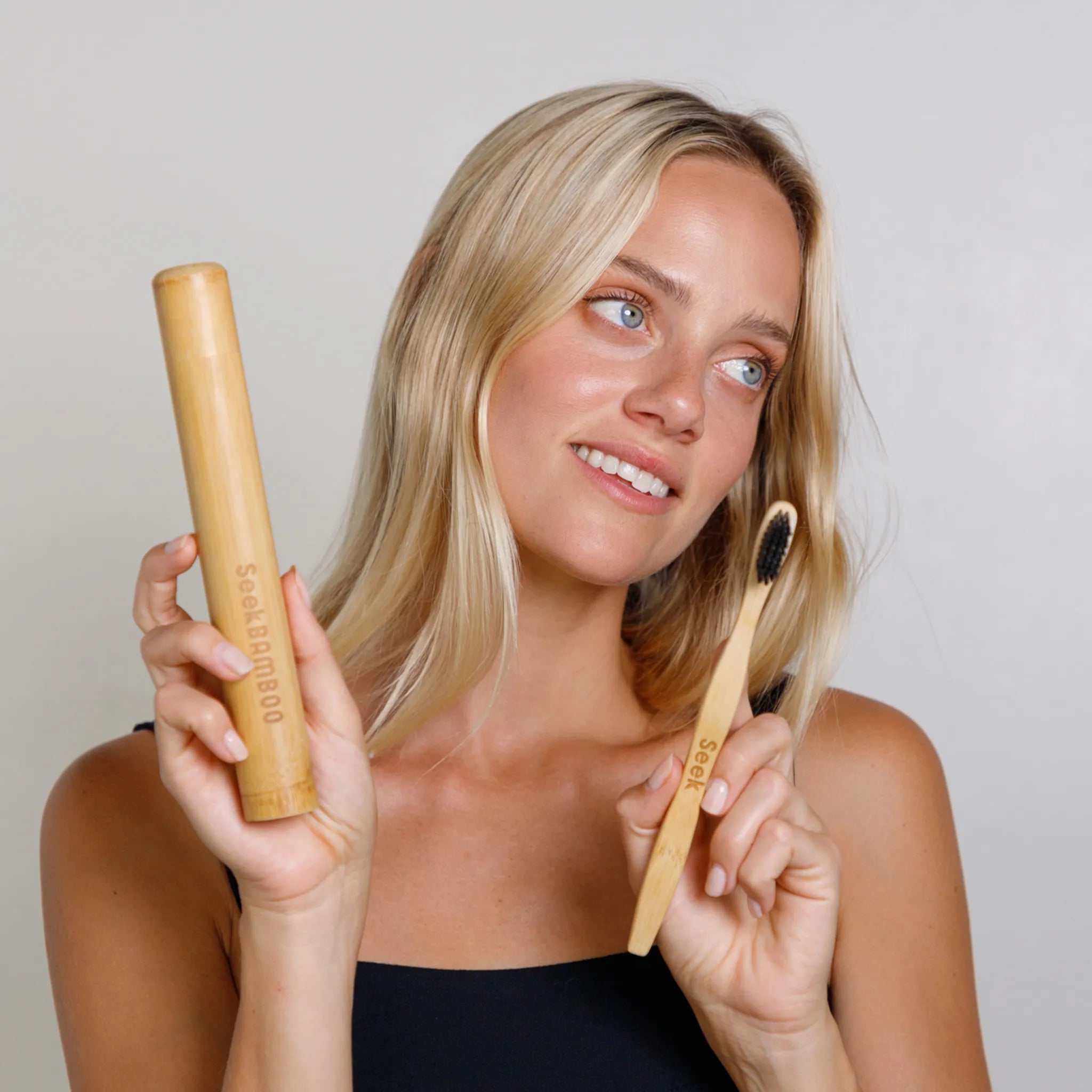
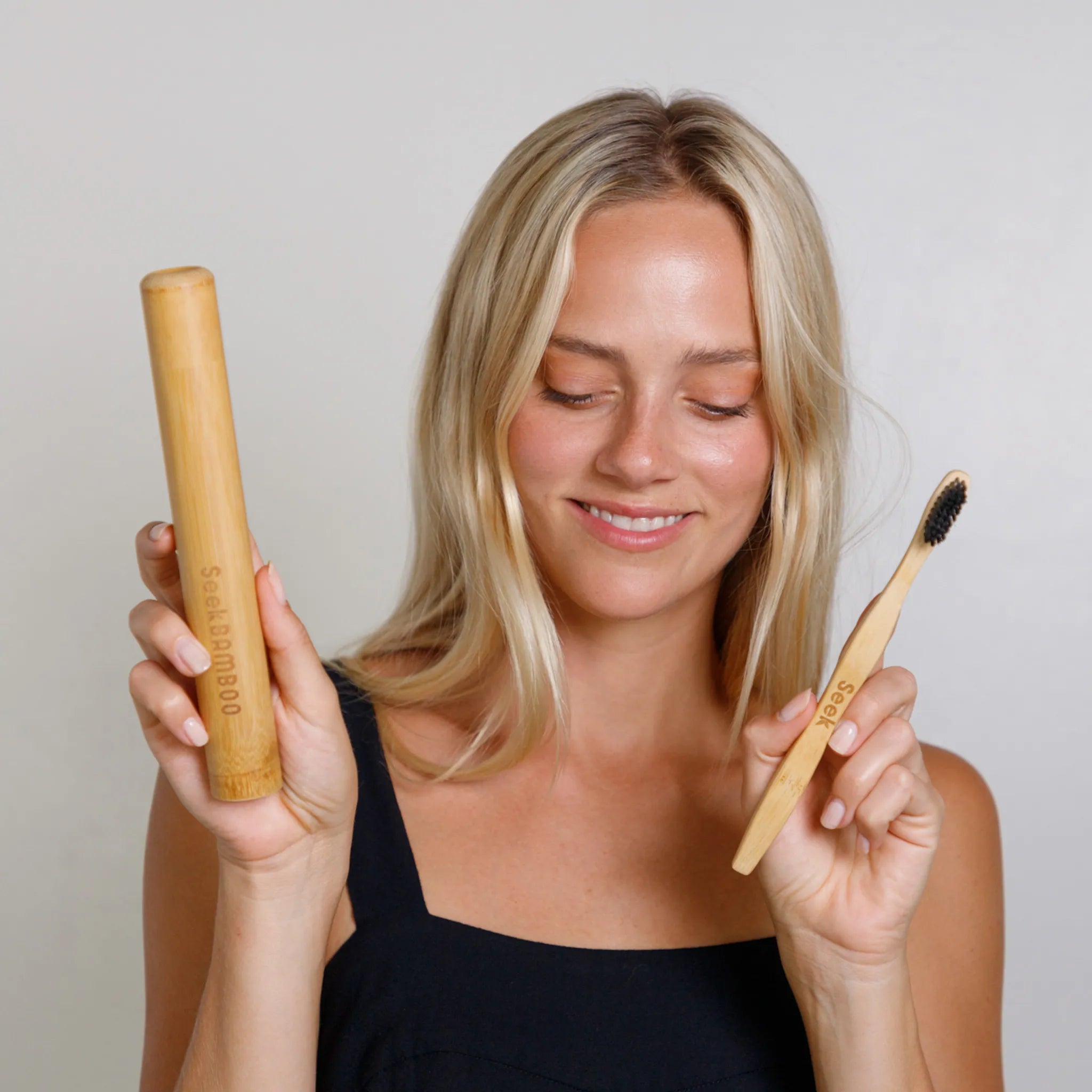
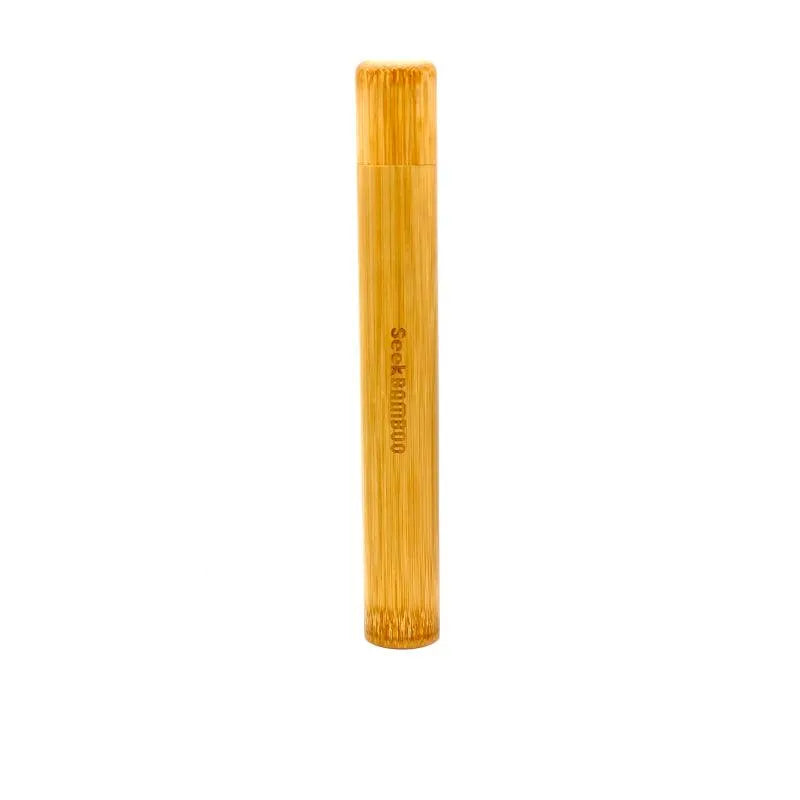
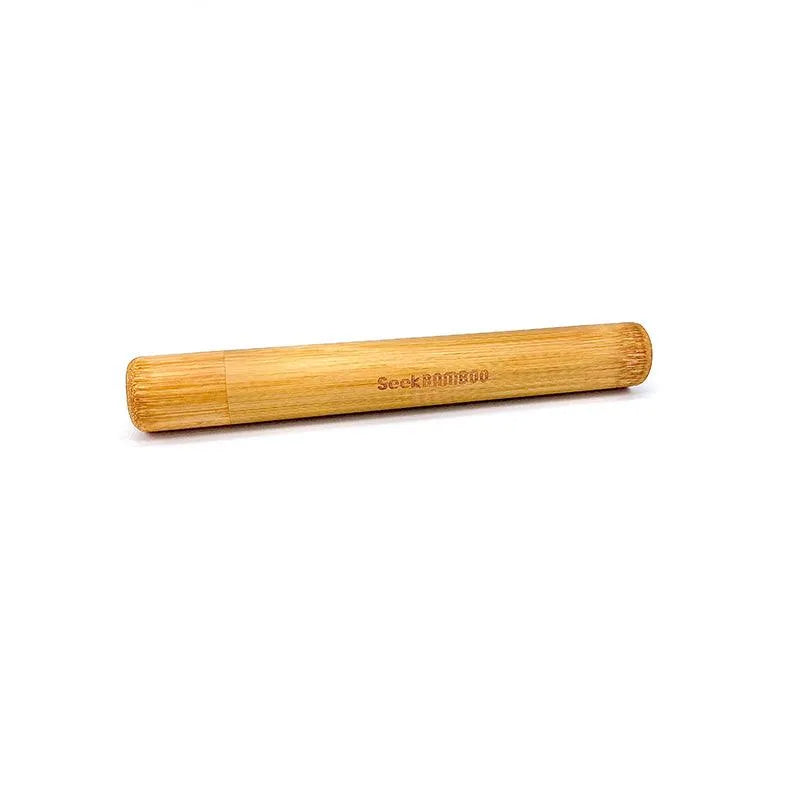
Bamboo Travel Case
Travel in style with our bamboo travel case, which match perfectly with our bamboo toothbrushes. These are highly durable and great for on-the-go.
Bamboo: appealing, eco-friendly
Bamboo (including its leaves and shoots) is 100% compostable. It also contributes to a better aesthetic to your bathroom, bringing a variance in texture from the ordinary salle de bain. This is a design technique experts say adds depth and interest to a space: combining textures and materials together, such as marble, greenery, glass, metal, and yes, bamboo.
Minimal Aesthetic
I don’t know about you, but the days of brightly-colored, gauche toothbrushes are as far behind me in my childhood as Fruity Pebbles for breakfast (as an adult, I simply cannot unsee the grams of sugar per serving count.) If one can so dignifiedly claim to be chic in even the small things, why would you not? The multitude of toothbrush options these days will make your head spin, so to continue sporting ugly toothbrushes in 2021 is, frankly, as inexcusable as having a wasteful one.
All that to say, bamboo toothbrushes, eco-friendly components aside, boast a far more favorable aesthetic than do its plastic counterparts.
Ways To Recycle Bamboo Toothbrushes
There are a number of ways to recycle bamboo toothbrushes. They are recyclable, so you can dispose of them with your other recyclable materials. Avoid throwing them away with the rest of your normal garbage - that would defeat the purpose of purchasing a natural toothbrush. You also can toss them whole into your compost bin.
Finally, for the responsible consumer dedicated to a more zero-waste lifestyle, you can compost a bamboo toothbrush. It will take a long time to break down as a whole, but if you’re really dedicated, you can shred it prior to adding it to your compost for a faster breakdown. Bamboo stems, leaves, and household products 100% bamboo (and those included with 100% natural materials) are all compostable.
Conclusion
Keeping your teeth clean is important, but so is caring for the environment. Both are responsibilities and needn’t conflict with each other. Opting for an eco-friendly oral hygiene routine will contribute to the efforts to reduce plastic waste expenditure. As a result, your new sustainable household habits will play a role in a healthier planet and future environment for generations to follow.
Toothbrush Talk
Brush Up on Bamboo Toothbrush FAQs
What is a bamboo toothbrush, and how is it different from a regular plastic toothbrush?
A bamboo toothbrush is an eco-friendly alternative to traditional plastic toothbrushes. The handle is made from sustainable bamboo, which is biodegradable, while the bristles are typically made from nylon, which can be recycled.
Are bamboo toothbrushes as effective as plastic ones?
Yes, bamboo toothbrushes can be just as effective at cleaning your teeth when used correctly. The key is in the brushing technique and the quality of the bristles rather than the handle material.
How do I properly dispose of a bamboo toothbrush?
Bamboo toothbrushes are biodegradable, but the bristles are often not. To dispose of them responsibly, first, remove the bristles (usually by plucking them out with pliers), and then compost the bamboo handle. The bristles can often be recycled through specialized recycling programs.
Do bamboo toothbrushes come in different bristle types (soft, medium, hard)?
Yes, like plastic toothbrushes, bamboo toothbrushes are available with different bristle types to suit your preference. However, our bristles are soft on all of our toothbrushes.
Are there any specific maintenance tips for bamboo toothbrushes?
To prolong the life of your bamboo toothbrush, rinse it thoroughly after use and allow it to air dry. Avoid leaving it in a moist environment for extended periods, as this can promote mold growth.
Can children use bamboo toothbrushes?
Absolutely! There are bamboo toothbrushes designed specifically for children, with smaller handles and softer bristles. They are a great way to introduce eco-friendly dental habits to kids.
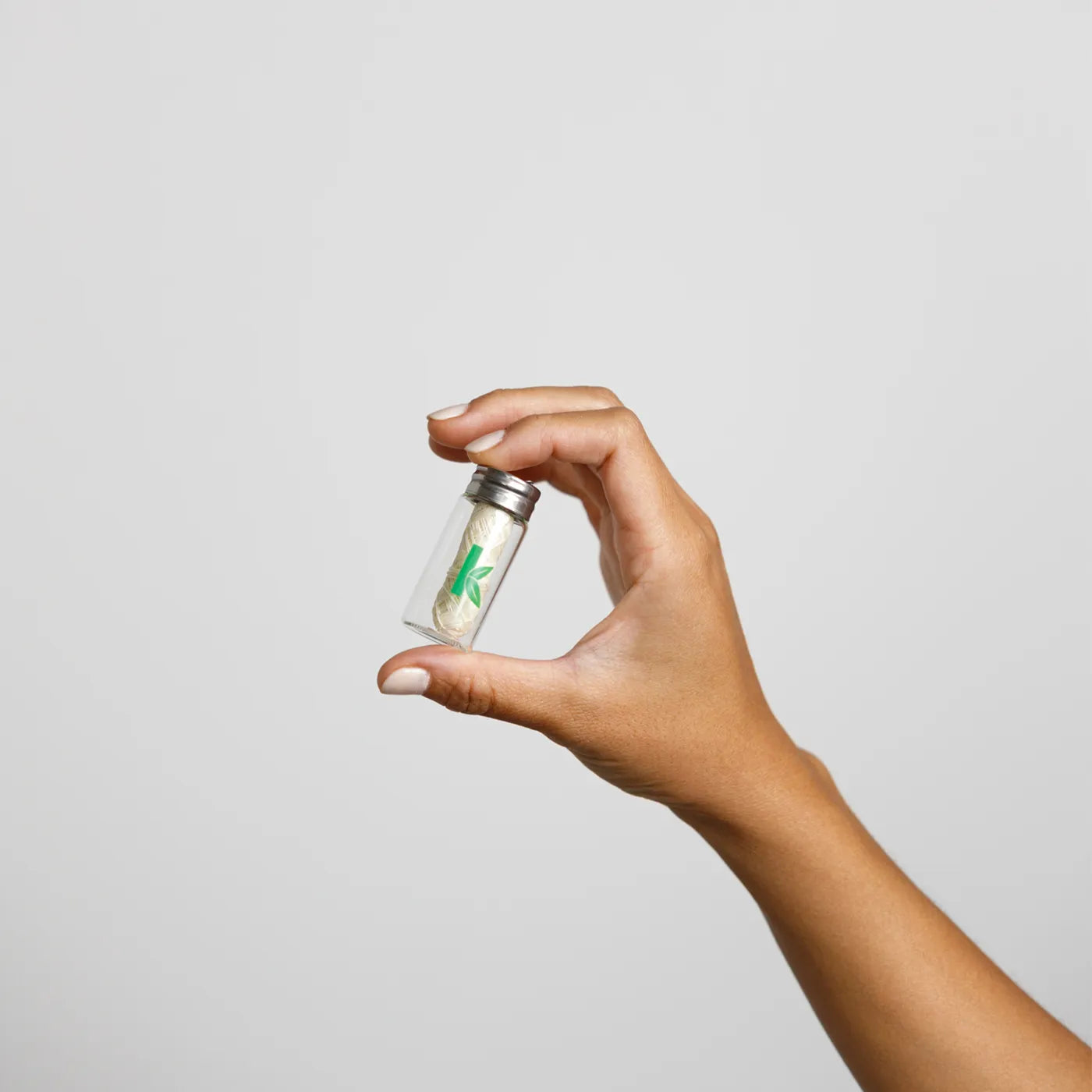
Switch To Eco-Friendly Floss
Discover why bamboo toothbrushes are just the beginning of your eco-friendly dental journey. Dive deeper into sustainable oral care with our blog on switching to eco-friendly floss.
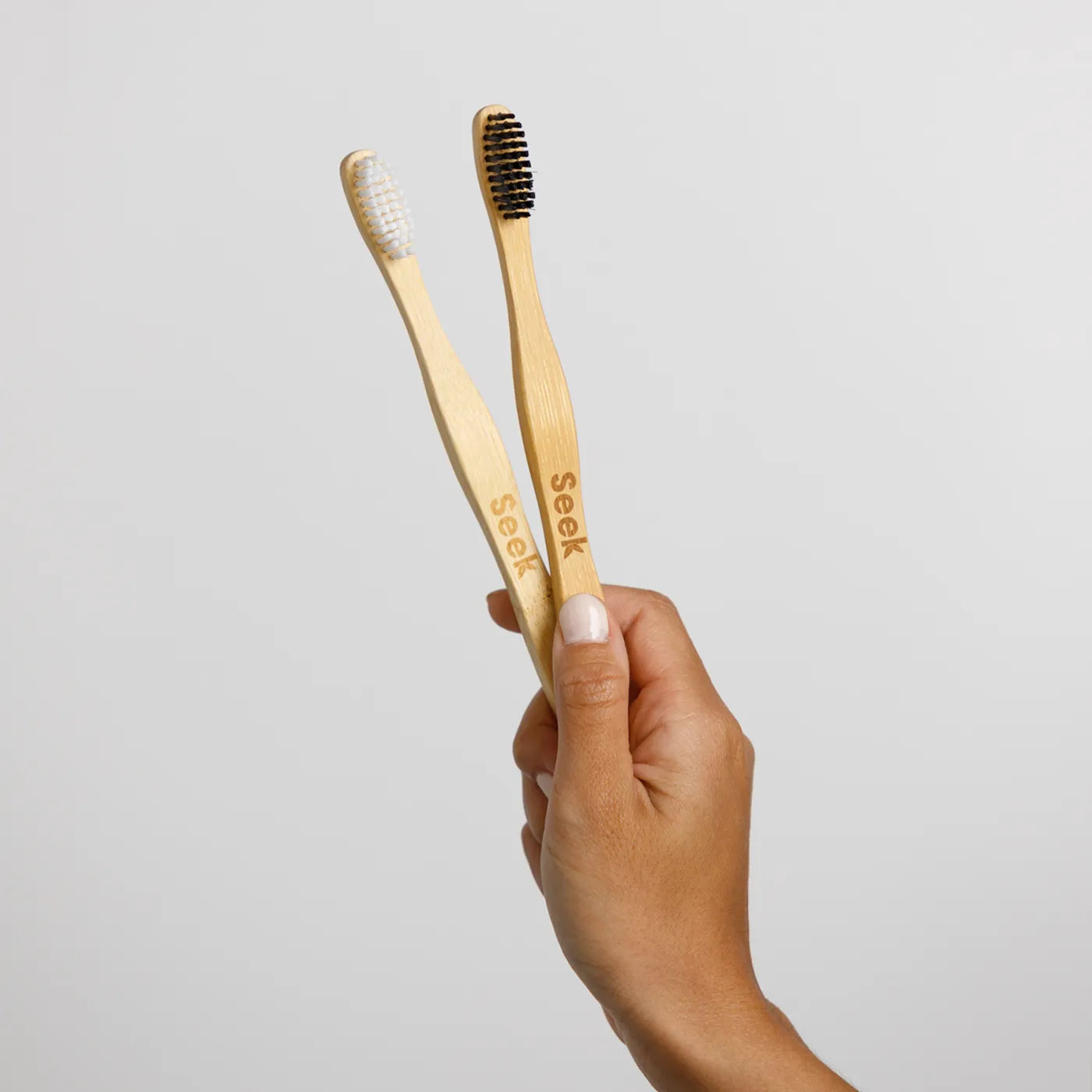
Bamboo Toothbrush Benefits
On average, we use over 300 toothbrushes in a lifetime. Discover the benefits of bamboo toothbrushes: equally effective for oral care, infinitely better for the planet. Go plastic-free.


